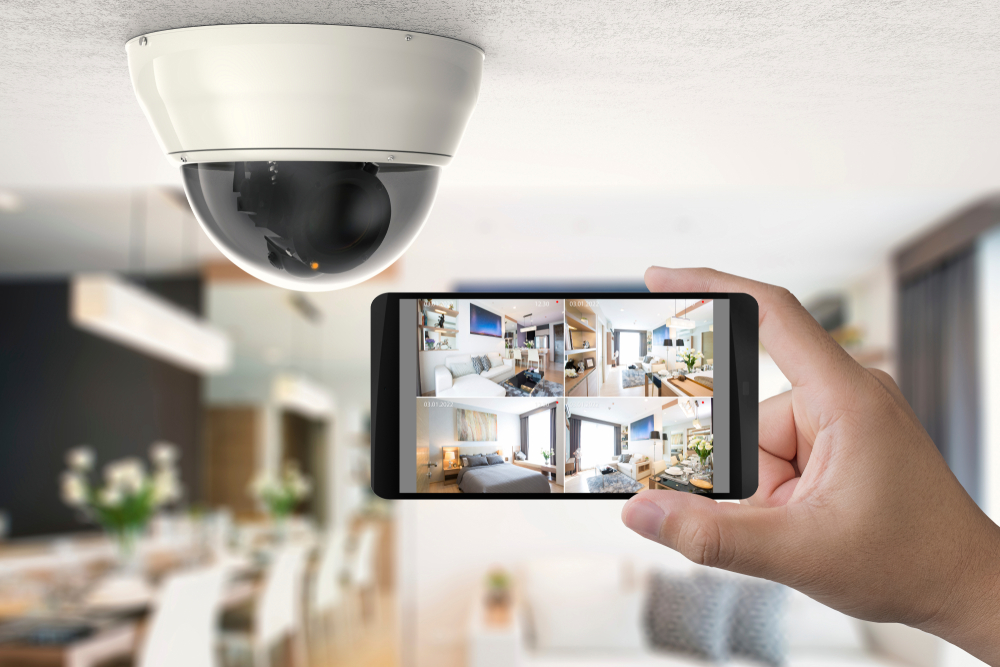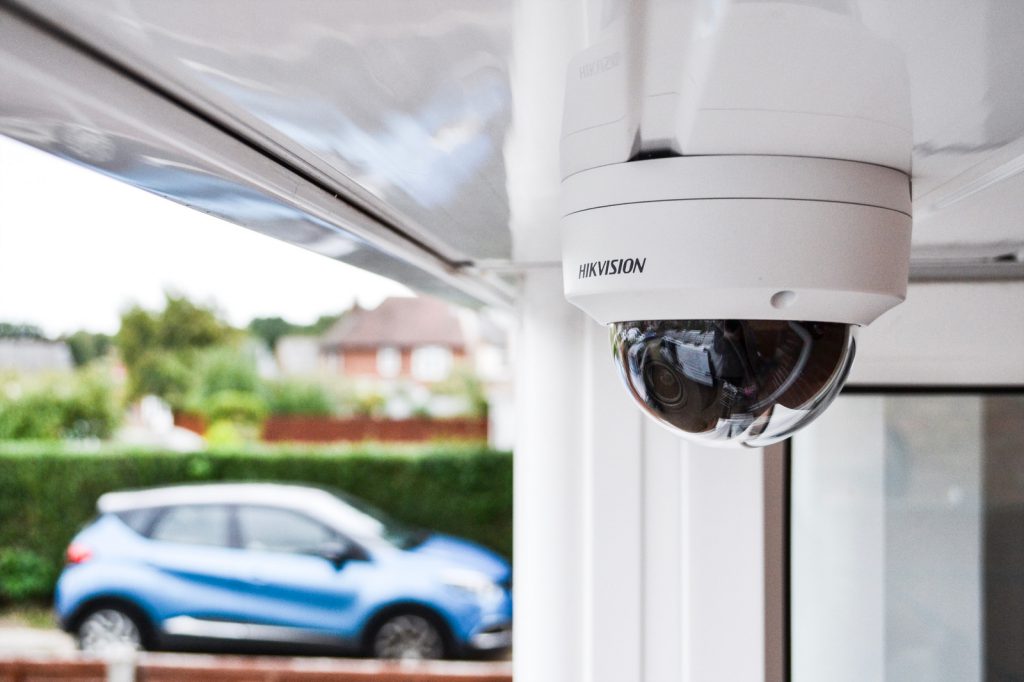When installing an intruder alarm system in your home it is important to consider whether to go for a stand-alone or monitored system, wired or wireless connections, CCTV and/or electrified perimeter fence. Read on to find out about the multitude of options available to protect your home.

Shutterstock
CCTV
There are a number of packaged solutions available on the market that will include a recorder, cabling and a variable amount of cameras. The more storage (hard drive space) you choose the longer you will be able to record for. When linked to your home network with an internet connection, you can view your cameras remotely via a web browser or smartphone app. Daniel Lurie, contracts manager at SFP (Security and Fire), says, “CCTV acts as a visual deterrent and if there is an incident in your home you will be able to review the footage and show the authorities. There are also Wi-Fi web cams available from most online retailers that can be located anywhere in the house and viewed remotely. The cameras can be set up with motion detection to create an alarm when something moves in the picture.”
Electric fencing
Non-lethal electrified fencing is your first line of defence and acts as a visual deterrent to potential intruders. It delivers a powerful shock when touched which disorients and disables a person for a brief period. The electric fence controller can be linked to the intruder alarm so that should somebody or something touch the fence, that will also raise an alarm event. Some of the modern systems have a day mode where it lowers the voltage but still monitors for tampering – this prevents children and animals from being shocked unintentionally.
Outdoor PIR (Passive Infrared) and BEAM
Different technologies exist for detecting intruders approaching the house from outside. A beam creates an invisible trip-wire across the garden or patio which when broken will set the alarm off while an outdoor PIR monitors everything in its field of view by sensing changes in thermal activity. Within these technologies solutions exist to prevent false alarms from pets and environmental conditions such as sunlight and wind.
Panic buttons
On an intruder alarm system you can opt for remote monitoring by a security companies base station using a telephone or radio link. Lurie adds, “You should preferably sign a contract with an armed response company that already patrols your area as this will drastically reduce the response time of them arriving to assist. You can have one or as many as you like buttons and they can be configured for a silent/duress alarm which will call the armed response without raising an alarm at the house. The other option is to raise an audible alarm which will draw attention to neighbours or passersby that something is wrong.” Connecting devices to the control panel using cables is better suited for a newly built house where they can be planned for and concealed in conduits whereas wireless it better suited for retrofit installations. The technology has advanced to the point where the devices are low-powered enough to last for a number of years and they report when they are low.
Smartphone apps
You can see the status and disable any of the zones in your house, as well as arm and disarm the system from anywhere in the world with a smartphone app-control of the intruder alarm system. This saves you from having to let contractors into your home.
Security roller shutters
Motorised security roller shutters can be installed at the top or the bottom of your stairs or entrance to your master bedroom. These help to create a safe zone within the house that family can seek refuge within during an intrusion. When retracted, security roller shutters can be completely hidden away inside the building structure, unlike a security gate.
Raymond Strydom, Western Cape regional operations manager at Sensor Security, advises to consider the following when installing home security systems:
1. Allocate a budget according to your maximum affordability.
2. Understand your risk and your exposure points and how you would like to close these down. Your system needs to be designed around your risk profile so that your security system and each camera has a specific task.
3. It’s best to seek the advice of a professional installation company so that you are adequately covered.
5. It’s a good idea to back up your storage to a Cloud service to prevent data loss. Many intruders have realised that removing a video recorder from a house protects them from being caught and should your hard drive fail you will have some back-up footage for investigative purposes.
6. An option is to integrate your CCTV with the alarm system so that any triggers can be linked to footage.
7. Ensure your recorder has enough spare channels to allow for expansion of cameras.

Sensor Security










Leave a Comment